The 331 Series Auxiliary Power Units (APUs) provide high levels of reliability with economical maintenance and have the highest power-to-weight ratio in their class. They can be found on many wide-body applications for both Boeing and Airbus.
The 331-200 introduced several new technologies to the world of auxiliary power. It was the first electronically controlled APU and the first to employ the same internal design as an existing turboprop engine, dramatically reducing development time and manufacturing costs.
The 331-500 series became the first Honeywell APU to use an eductor for oil cooling, eliminating the need for oil cooling fans. The success of this design led to its use on both the Honeywell 131-9B and RE200 series.
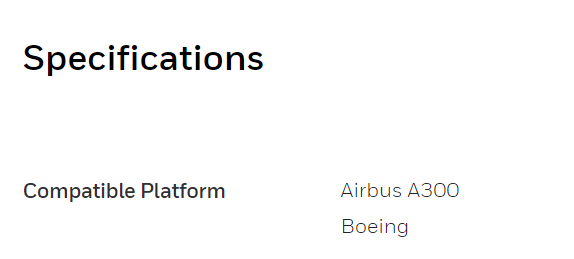
Yes, we retrofit legacy systems (e.g., GE Frame 5, Siemens V94.2) with modern digital controllers, typically completing hardware integration within 4-8 weeks. Software migration requires additional validation time.
We recommend annual performance testing under ISO 3977-2 standards. Critical applications (e.g., offshore platforms) may require semi-annual tests with emissions compliance checks.
All rad-hard devices (e.g., FPGA, ADC) are QML Class V certified under MIL-PRF-38535 and tested to MIL-STD-883 Method 1019 for SEU tolerance. Full qualification reports are available upon request.
Our ASICs and power management ICs operate across -55°C to +175°C ambient temperatures, with derating curves provided in military temperature range (MTR) datasheets.
Our PMA parts (e.g., actuators, sensors) hold FAA/EASA Form 1 certification and match OEM form/fit/function. Installation requires SB/MB documentation per FAA AC 23.1529.
All NAS/MS fasteners include full DNA traceability: melt source (AMS 2301), heat/lot numbers, and AS9100-compliant MTRs with ultrasonic test reports.
AOG orders ship within 4 hours for stocked items (FAA-PMA, EASA Part 21G). Non-stock critical parts trigger priority manufacturing with 72-hour max turnaround.
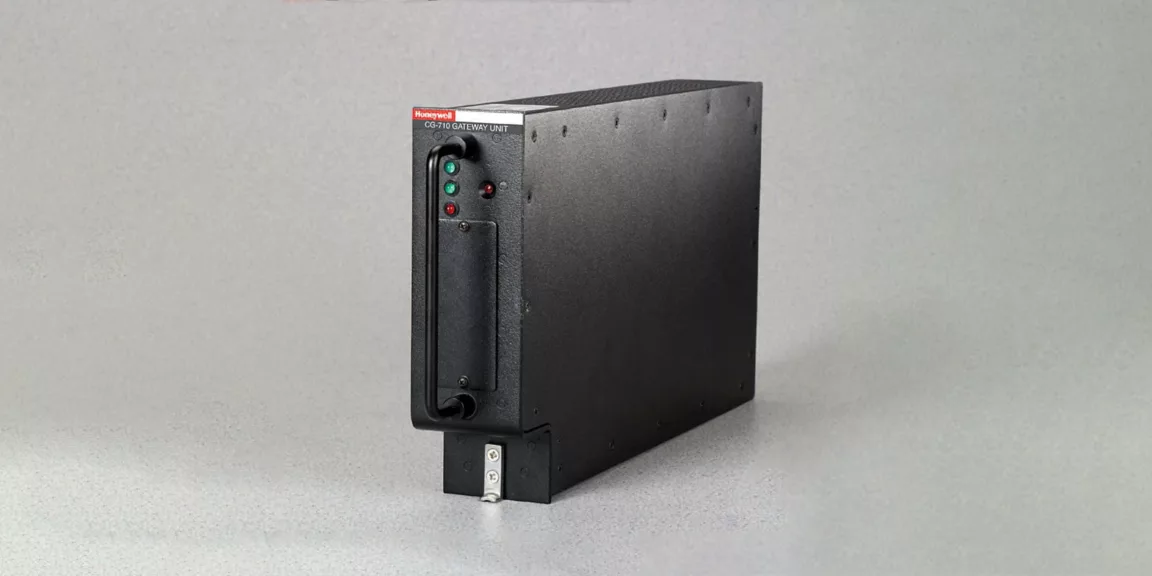
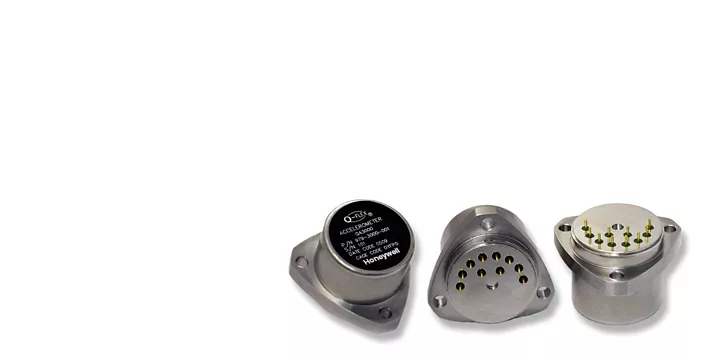
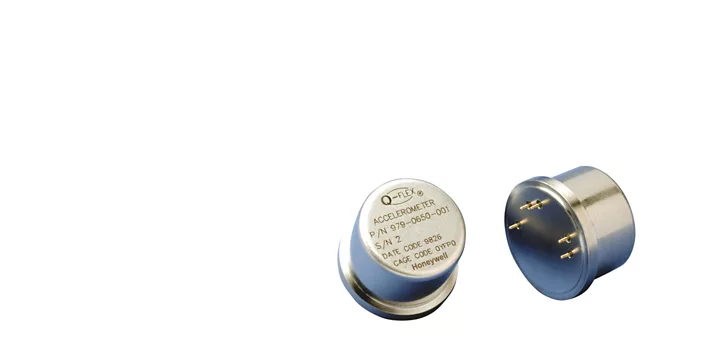
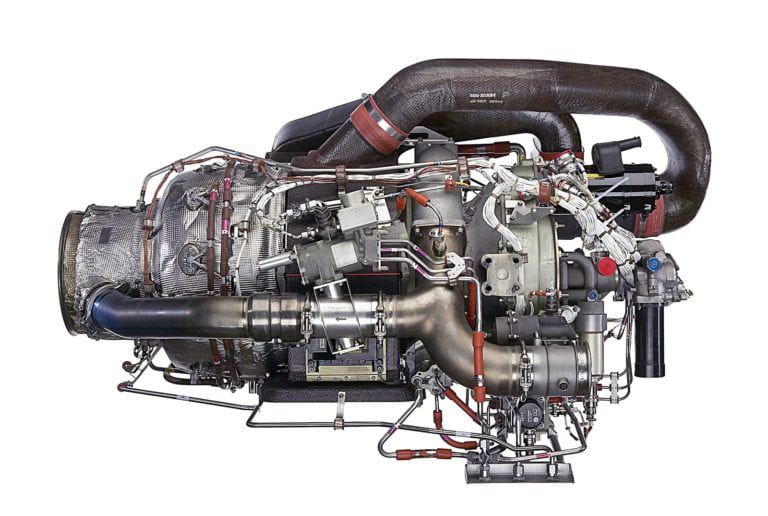
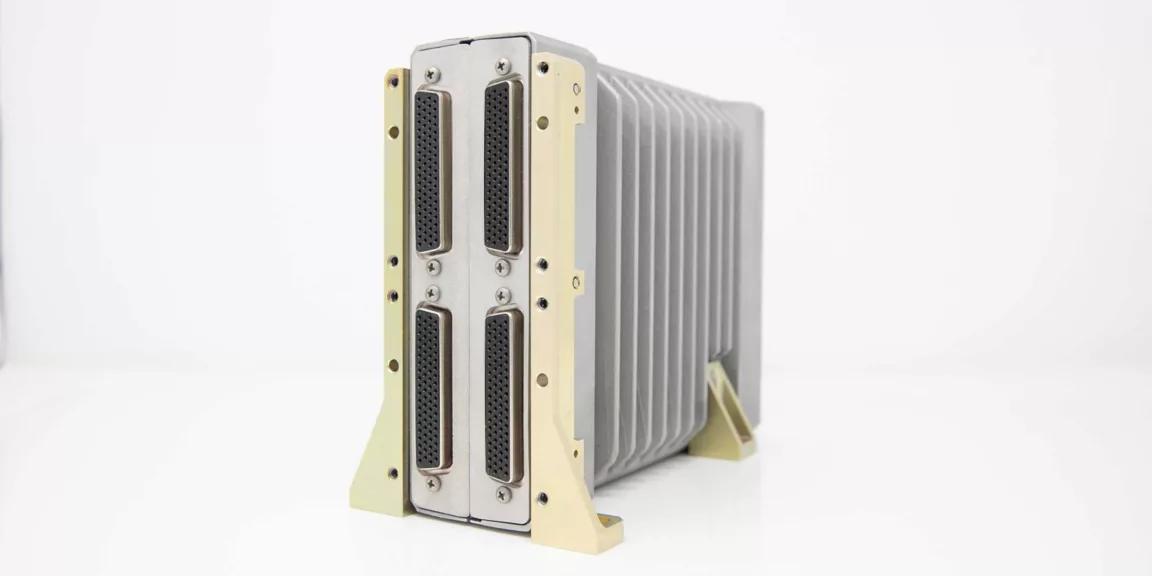
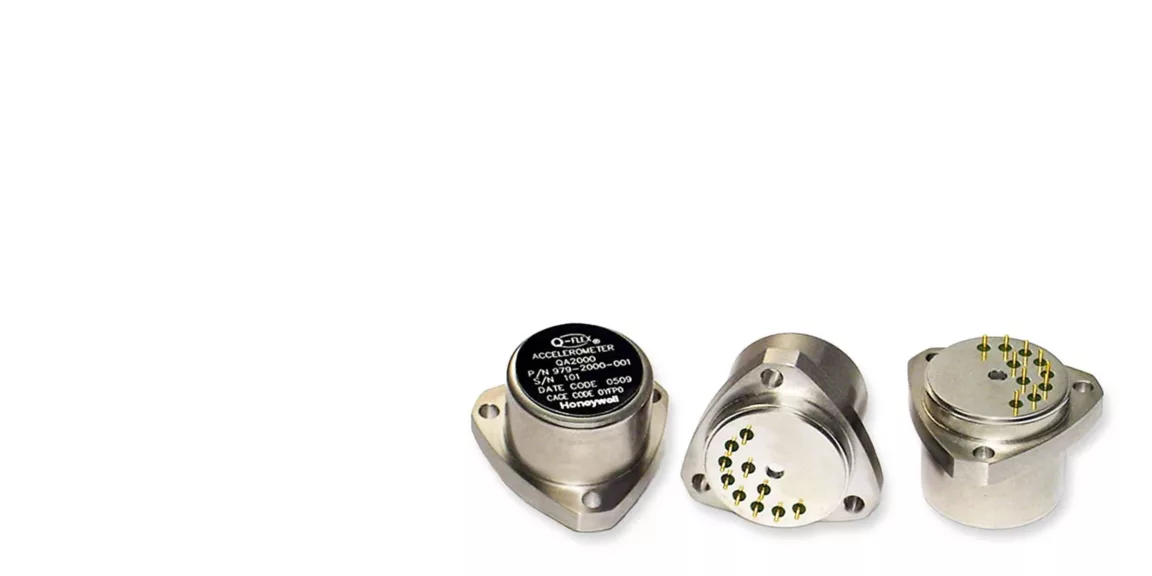
 Gas Turbine
Gas Turbine
 Aircraft parts
Aircraft parts